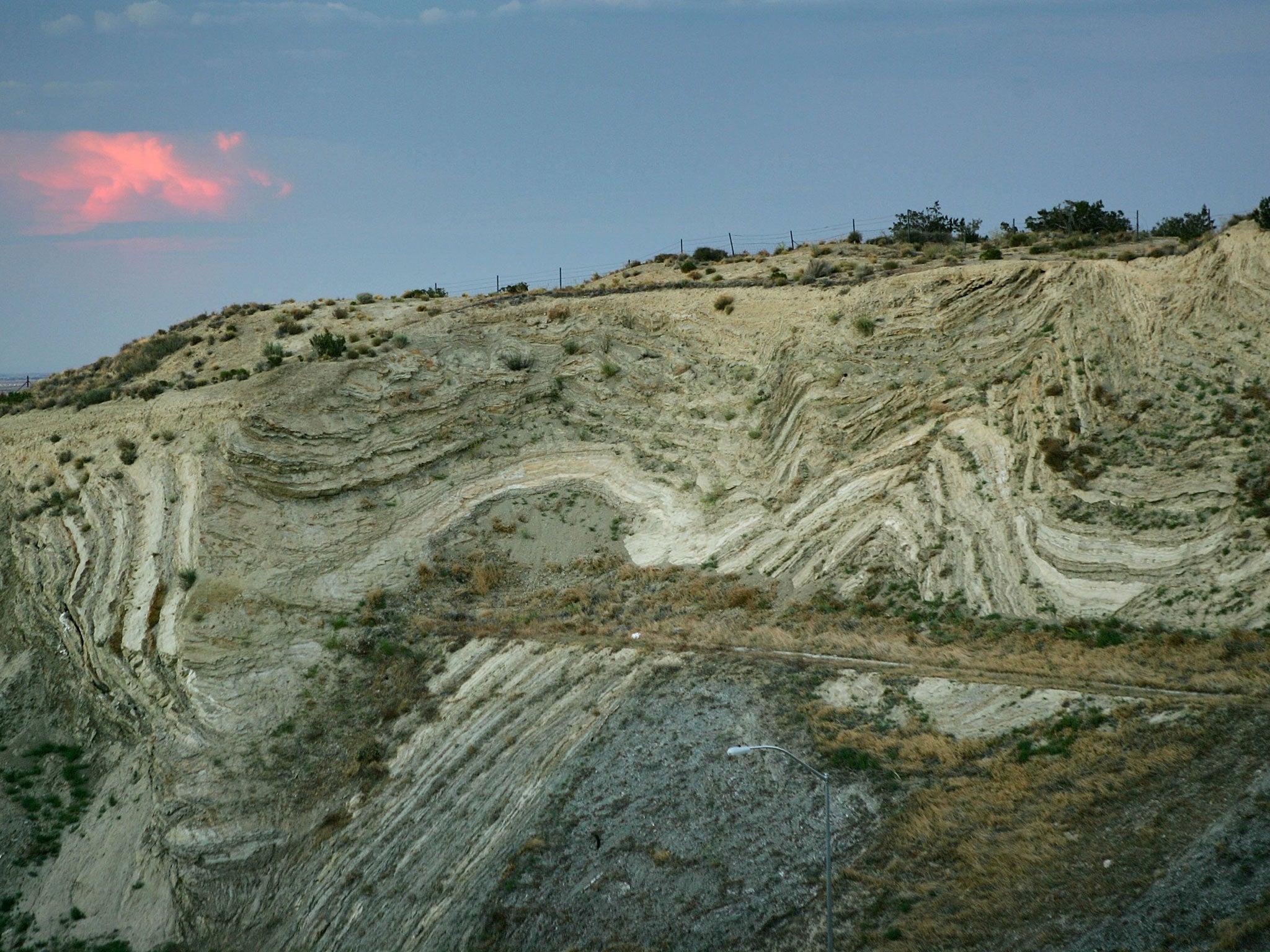Life on Earth may have developed below rather than above ground, reveal scientists
New research into the “deep biosphere” indicates that the first replicating life-forms on the planet may have originated deep underground

How life on Earth came into existence is still one of the greatest mysteries in science but new research into the “deep biosphere” indicates that the first replicating life-forms on the planet may have originated deep underground rather than, as commonly believed, on the surface.
Scientists have now discovered microbes living and reproducing as deep as 5km (3.1 miles) below ground and studies have shown that they are likely to have survived in complete isolation from the surface biosphere for millions and perhaps even billions of years.
One of the latest studies into the deep biosphere has found that these microbes form a distinct subsurface community of genetically similar individuals despite living on opposite sides of the world. This global similarity of such an isolated life-form suggests that they may have evolved directly from a common ancestor that lived as long ago at the period when life on earth originated, some 3.5 billion years ago.
An increasing number of researchers believe that life could have first got going in the tiny cracks of underground rocks, fuelled not by the energy of sunlight but by chemical fuel in the form of hydrogen and methane which can be produced in certain types of rock under high temperatures and pressures.
The latest discovery of a closely-related, global community of microbes in the deep biosphere lends further support to the idea that life originated not in the “primordial soup” of surface lakes and seas, but in the tiny water-filled fissures found in underground rock, said Matt Schrenk of Michigan State University.
“Two years ago we had scant idea about what microbes are present in subsurface rocks or what they eat. Since then a number of studies have vastly expanded that database,” Dr Schrenk said.
“We’re getting this emerging picture not only of what sort of organisms are found in these systems but some consistency between sites globally – we’re seeing the same types of organisms everywhere we look,” he said.
The study, presented this week to the American Geophysical Union in San Francisco, compared DNA sequences of hydrogen-eating microbes extracted from rock fractures deep below North America, Europe, South Africa and Japan. To their surprise, the scientists found that they were closer than 97 per cent similar – making them virtually the same species, Dr Schrenk said.
“It is easy to understand how birds or fish might be similar oceans apart, but it challenges the imagination to think of nearly identical microbes 16,000km apart from each other in the cracks of hard rock at extreme depths, pressures and temperatures,” he said.
Hydrogen microbes have been found between 4km and 5km (2.5-3.1 miles) in a Johannesburg mine-shaft, and are believed to live in even deeper locations below the seabed.
“We don’t know the lowest most depths that these organisms can survive. They could live as deep as 10km into the Earth….It may well be that life originated in the deep subsurface, we just don’t know,” Dr Shrenk said.
The classical view of how life originated in a primordial soup came out of work carried out in 1953 by Harold Urey and Stanley Miller at Chicago University who showed that it is possible to build the relatively complex building blocks of life, such as amino acids, out of a “soup” of simpler chemicals fused together with the help of electrical discharges – which were supposed to simulate lightning strikes.
However, other researchers have since pointed to problems with this scenario, such as the fact that the surface of the planet 3.5bn years ago was subjected to intense ultraviolet radiation, which would have quickly destroyed complex biological molecules exposed to the light, and to asteroid bombardment, which could have easily eliminated life at the surface before it had chance to evolve.
“It is conceivable that life arose not in a warm, little pond, but sheltered in a warm, little fracture below the surface of the crust, or in the deep oceans, protected from the tumultuous events on the surface,” said Barbara Sherwood Lollar of the University of Toronto, and a colleague of Dr Schrenk’s on a 10-year research project called the Deep Carbon Observatory.
Research has shown that these underground microbes exploit a geological process known as serpentisation, when hydrogen and methane are produced as water comes into contact with the common mineral olivine under high temperatures and pressures. The microbes use the hydrogen for fuel and the methane as a source of carbon, making them completely independent of the photosynthetic microbes and plants living at the Earth’s surface.
Scientists have found that underground microbes can survive temperatures as high as 120C and pressures 50 times greater than at the surface, which could have industrial and medical applications. “There’s a lot of potential to utilise their genes and the enzymes they code for,” Dr Shrenk said.
Knowledge of the Earth’s deep biosphere and how it survives such environmental extremes could also help astrobiologists searching for life on Mars, where the planetary surface is known to be hostile for living organisms.
Join our commenting forum
Join thought-provoking conversations, follow other Independent readers and see their replies
Comments
Bookmark popover
Removed from bookmarks